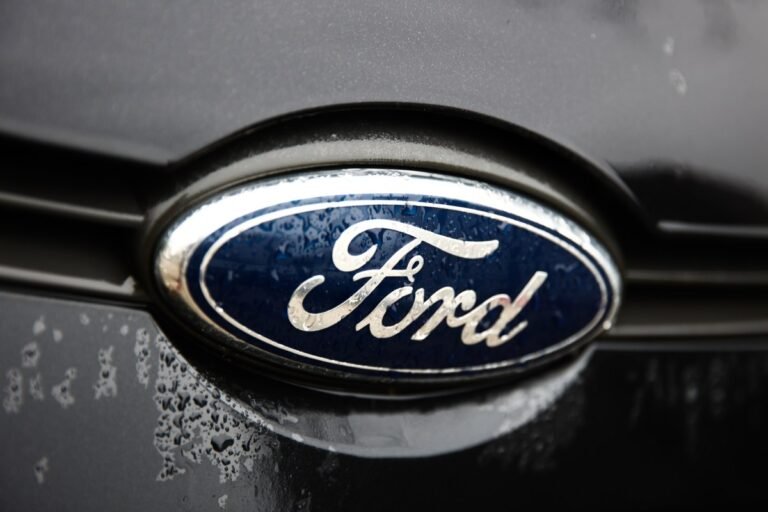Former Tesla and Ford Advanced EV development chief Alan Clarke is leading a Ford skunkworks project to develop a low-cost electric vehicle, according to TechCrunch.
Ford CEO Jim Farley made a brief mention Tuesday during the company’s fourth-quarter earnings call that a “skunkworks” team has been formed to create a “low-cost” EV platform. TechCrunch has since confirmed that Clarke leads the skunkworks project, which is about two years old and based in Irvine, California. It includes engineers from Auto Motive Power, or AMP, the electric startup the automaker acquired in November 2023. AMP founder Anil Paryani, who coincidentally overlapped with Clarke for about five years at Tesla, is also part of the project skunkworks.
The skunkworks project is working on a third generation EV. A Ford spokesman declined to elaborate on the project or its timeline. However, based on Farley’s comments on Tuesday — and a year ago — it’s likely that the skunkworks project is focused on cost, smaller EVs and performance, including the battery.
“We’re also adjusting our capital, shifting and focusing more on smaller EV products,” Farley said during the company’s earnings call. “Now this is important because we took a silent bet two years ago and built a super talented skunkworks team to create a low-cost EV platform. It was a small team, a small team—some of the best EV engineers in the world—and it was separate from the Ford mothership. They were a startup, and they developed a flexible platform that would not only scale to various types of vehicles, but there would be a large install base for software and services that we now see in Pro (the company’s commercial unit).
Ford has scaled back some of its EV investment plans in recent months — including delaying $12 billion in investments — as it adjusts to declining demand for some battery electric vehicle classes and increased appetite for hybrids. But the automaker is still putting money into future products. Last May, Farley revealed details of its second-generation EV platform, which will underpin the T3 electric truck and three-row SUV that will go into production in 2025.
“All of our EV teams are ruthlessly focused on the cost and efficiency of our electric products because the ultimate competition will be the affordable Tesla and the Chinese OEMs,” Farley said.
In 2022, Ford restructured its company into three separate units: its Ford Pro commercial business, its traditional internal combustion engine and Ford Blue and Ford Model e hybrid businesses, which focus on connectivity and electric vehicles.
The company’s profits came from sales of gasoline and hybrid vehicles as well as growth in the Ford Pro. Ford’s EV business continues to lose profits.
Ford reported revenue of $46 billion on Tuesday in the fourth quarter of 2023, up 4.5% from the same period last year. Of these, Ford Blue accounted for the largest revenue segment at $26.2 billion, while Ford Pro delivered $15.4 billion in revenue. Ford e, the company’s EV unit, brought in $1.6 billion in revenue, and Ford Credit brought in $2.7 billion.
Ford lost $526 million, or 13 cents per share, in the fourth quarter, compared with a profit of $1.3 billion, or 32 cents per share, in the year-earlier period. The loss was largely due to special charges related to employee pension plans and the reorganization of its overseas operations.
On an adjusted basis, the company earned $1.05 billion in the fourth quarter and $10.4 billion for the year.
The company said it expects to post between $10 billion and $12 billion in adjusted pretax profit — a better-than-expected outlook that helped push shares 6.3 percent higher in after-hours trading.
